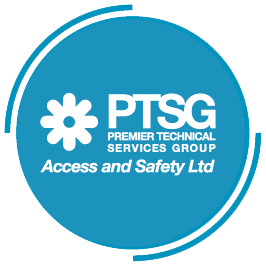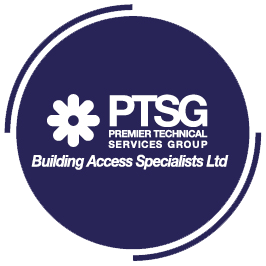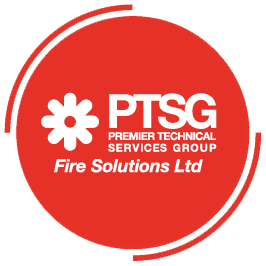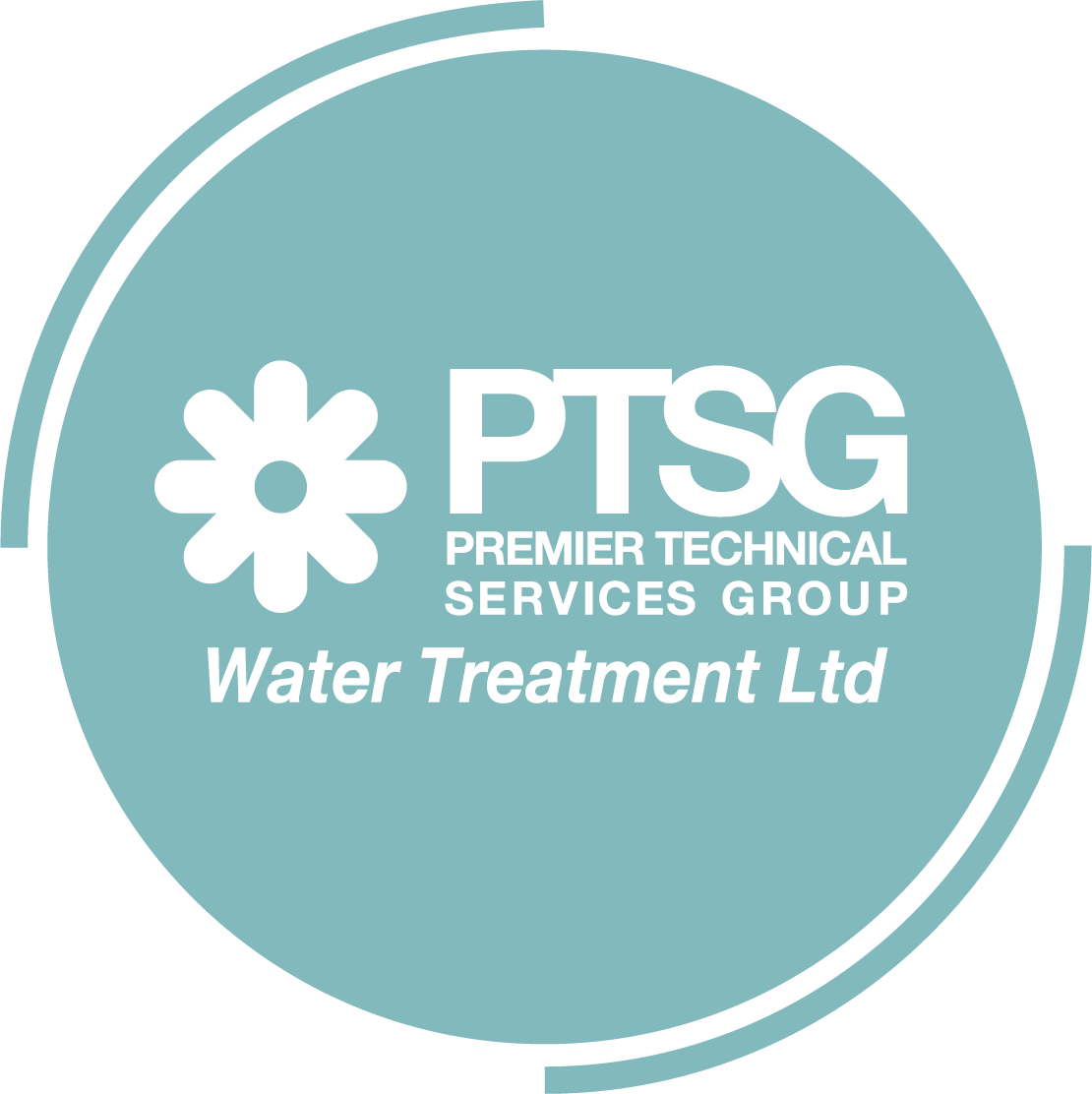Removing graffiti from buildings can be a challenging task, but it is essential to avoid damage to your brand. Graffiti also attracts further acts of vandalism. The effectiveness of each method may depend on the type of surface and the type of graffiti (e.g., spray paint, markers, etc.).
Graffiti removal requires careful planning. Not only are operatives working with different surfaces using specialist chemicals, it’s important to carry out a risk assessment before undertaking any work to check access to the site, any potential risks to members of the public or other contractors, and any personal protective equipment required.
High-pressure water can be effective in removing graffiti from some surfaces. It is necessary to adjust the pressure according to the surface type to avoid damage.
There are various graffiti removal products available in the market. These typically involve applying a chemical solution to the graffiti and allowing it to sit for a specified period before scrubbing or rinsing.
Baking soda blasting involves using a high-pressure stream of baking soda to remove graffiti. It’s less abrasive than sandblasting and can be effective on certain surfaces.
Some graffiti can be removed by applying heat, either through steam or infrared heat. This softens the paint, making it easier to remove.
There are wipes and soaps specifically designed for removing graffiti. These can be less aggressive than some chemical removers and are suitable for smaller graffiti tags.
Sandblasting involves using abrasive materials to remove graffiti. This method is effective but can be harsh on certain surfaces and should be done by professionals.
PTSG offers doff steam cleaning either as part of a working-at-height project or as a standalone service. Doff cleaning is a preferred method of cleaning by many property managers and building surveyors as it’s gentle to surfaces such as stone, brick and concrete, it’s effective and environmentally friendly. A Doff machine is easily transportable and highly versatile.
Free consultation








